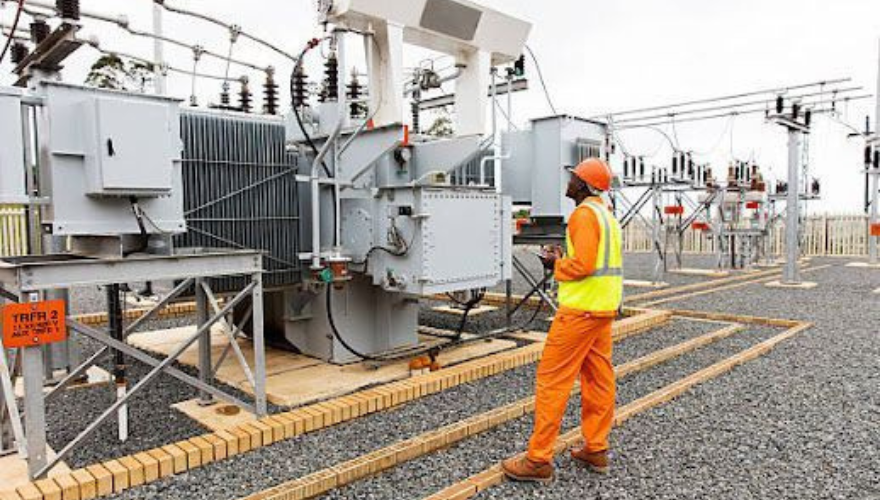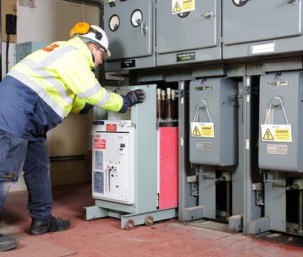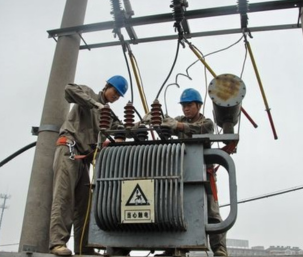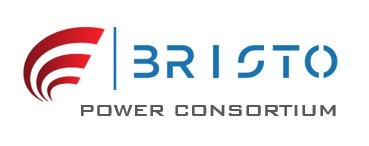
As the global focus shifts towards sustainability and reducing environmental impact, the role of eco-friendly transformers in the energy sector has become increasingly significant. These innovative transformers are designed to enhance efficiency, reduce energy losses, and minimize environmental impact, paving the way for a sustainable energy future. This blog explores the importance and benefits of eco-friendly transformers in the modern energy landscape.
What are Eco-Friendly Transformers?
Eco-friendly transformers are advanced electrical devices designed with sustainability in mind. They utilize environmentally friendly materials, innovative designs, and energy-efficient technologies to reduce their carbon footprint and enhance performance. Unlike traditional transformers, which can have significant energy losses and environmental impacts, eco-friendly transformers prioritize efficiency and sustainability throughout their lifecycle.
Reducing Energy Losses:
One of the primary benefits of eco-friendly transformers is their ability to reduce energy losses during electricity transmission and distribution. Traditional transformers can lose a considerable amount of energy as heat due to resistance and inefficiencies in their design. Eco-friendly transformers incorporate advanced materials, such as amorphous steel and high-efficiency cores, which significantly reduce these losses. By minimizing energy waste, these transformers contribute to overall energy savings and help lower greenhouse gas emissions.
Sustainable Materials and Design:
Eco-friendly transformers are built using sustainable and recyclable materials that have a lower environmental impact. For example, they may use biodegradable insulation fluids instead of conventional mineral oil, which can be harmful to the environment in the event of a leak. Additionally, the design of these transformers often focuses on reducing the use of harmful substances and enhancing recyclability at the end of their operational life. This commitment to sustainability extends beyond energy efficiency to include the entire lifecycle of the transformer.
Supporting Renewable Energy Integration:
The integration of renewable energy sources, such as solar and wind power, is a key component of a sustainable energy future. Eco-friendly transformers play a crucial role in this integration by efficiently converting and distributing electricity generated from renewable sources. These transformers can handle the variability and intermittency of renewable energy, ensuring a stable and reliable power supply. By supporting the seamless integration of renewable energy into the grid, eco-friendly transformers help reduce reliance on fossil fuels and promote cleaner energy production.
Enhanced Grid Stability and Reliability:
Eco-friendly transformers contribute to the stability and reliability of the electrical grid by providing advanced monitoring and control capabilities. Many of these transformers are equipped with smart technologies, such as sensors and communication systems, that enable real-time data collection and analysis. This allows for predictive maintenance, rapid fault detection, and optimized load management, reducing the risk of power outages and improving overall grid performance. Enhanced grid stability is essential for accommodating the growing demand for electricity and the increasing penetration of renewable energy sources.
Cost Savings and Long-Term Benefits:
While eco-friendly transformers may have a higher upfront cost compared to traditional transformers, their long-term benefits far outweigh the initial investment. The energy savings achieved through reduced losses translate into lower operating costs and a quicker return on investment. Additionally, the use of sustainable materials and designs can lead to reduced maintenance and replacement costs over the transformer’s lifespan. These long-term benefits make eco-friendly transformers a financially sound choice for utilities and businesses looking to invest in sustainable energy infrastructure.
Conclusion:
Eco-friendly transformers are paving the way for a sustainable energy future by enhancing efficiency, reducing energy losses, and supporting the integration of renewable energy sources. Their innovative designs and use of environmentally friendly materials contribute to a lower carbon footprint and promote long-term sustainability. As the world continues to prioritize sustainable energy solutions, the adoption of eco-friendly transformers will play a crucial role in building a cleaner, more efficient, and reliable electrical grid. Understanding their benefits and importance helps us appreciate the advancements in technology that are driving the transition towards a greener future.


